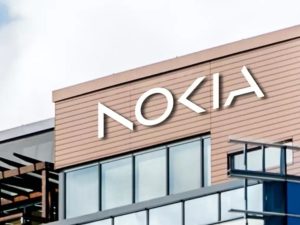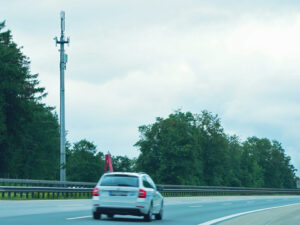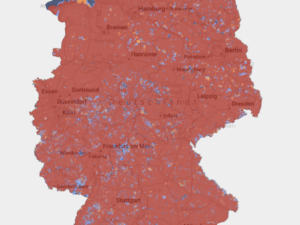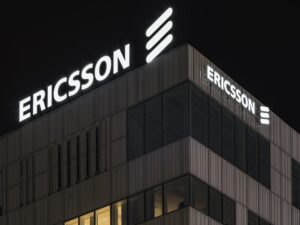Themes
The 5G Observatory covers several themes which are important in policy discussions of this new technology.
In the EU Digital Decade initiative, 5G verticals are specifically mentioned as key to the digital transformation of businesses. Because 5G features low latency and high speeds, it is well suited to enter vertical markets such as automotive, industry, agriculture, and manufacturing.
The EU Digital Decade also outlines how green developments in technologies such as 5G can contribute towards fighting climate change by reducing energy consumption and improving data collection. This contributes towards the European Green Deal goal of a circular and more resilient economy.
While the first EU 5G initiatives focussed on deployment, the focus is increasingly turning to coverage. In the Digital Decade initiative, the Commission set out a target to cover all populated areas with 5G by 2030.
5G security is also an emerging theme which is highlighted in the EU toolbox for 5G security. There is increasing concern that 5G networks need to be secure, both in the sense of preventing hacking and by ensuring a diversity of suppliers.
Network slicing is an aspect of 5G which is particularly important in serving the verticals market. It allows the network to be split up into segments, each tailored for a specific purpose such as low latency for the quick-response control of robots in factories.
Open RAN is a technology that allows operators to mix and match components and software from different suppliers in their towers and base stations. This may boost competition, reduce costs and so help achieve the EU coverage goals.










